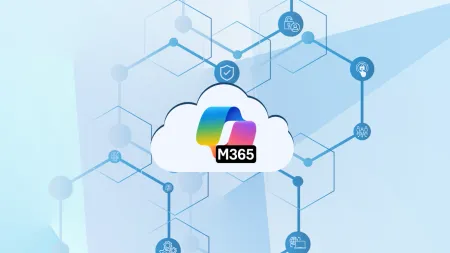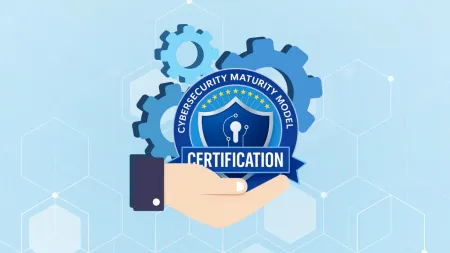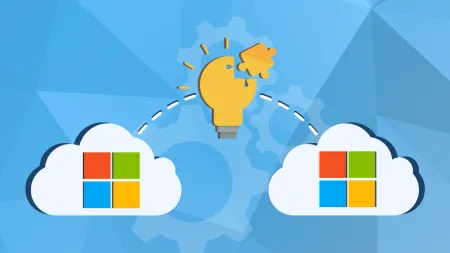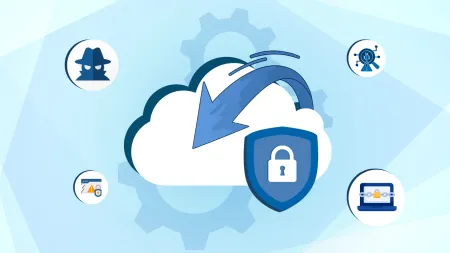DFARS Compliance: A Guide to Federal Cybersecurity Requirements
Learn about DFARS compliance and how it ensures the security of federal data. Explore key requirements, NIST 800-171 alignment, and tips for achieving compliance.
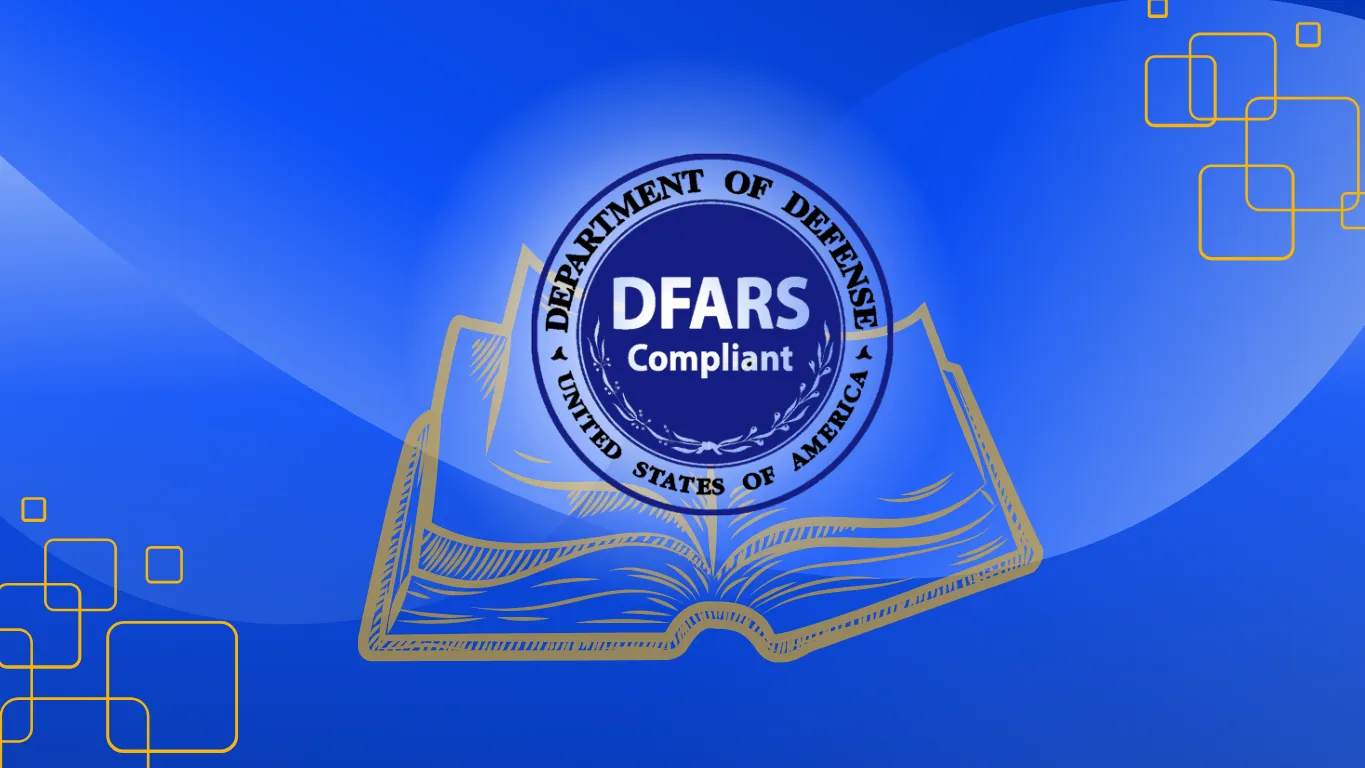
For government contractors handling Controlled Unclassified Information (CUI) for the Department of Defense (DoD), adhering to stringent security regulations is essential to safeguard this sensitive data and ensure national security. One such set of regulations that DoD contractors need to familiarize themselves with is the Defense Federal Acquisition Regulation Supplement (DFARS). DFARS is a set of regulations developed by the DoD to enhance the security of their contractors’ information systems, protect intellectual property, and ensure the confidentiality of defense projects. Maintaining DFARS compliance is then essential for DoD contractors, as failing to do so could result in severe penalties including the loss of DoD contracts. To ensure this doesn’t happen to your organization, keep reading as we take an in-depth look at what DFARS is, why it is important, and tips to help you maintain compliance.
What is DFARS Compliance?
DFARS is a broad set of regulations outlined by the Department of Defense that supplements the Federal Acquisition Regulation (FAR) and imposes specific cybersecurity requirements on DoD contractors. DFARS is designed to ensure that the DoD procures goods and services in a manner that promotes national security in an effort to safeguard sensitive defense information and protect the defense supply chain from evolving cyber threats. DFARS then sets the security standard that organizations must meet to obtain and maintain DoD contracts.
The Four Clauses of DFARS
The Defense Federal Acquisition Regulation Supplement consists of four clauses that rely on each other to ensure the security of defense information. The four DFARS clauses are:
-
DFARS 252.204-7012: This is the core clause of DFARS that requires DoD contractors to properly protect CUI and report cyber incidents. This clause requires defense contractors to implement the controls specified by the National Institute of Standards and Technology (NIST) Special Publication (SP) 800-171 to protect sensitive information.
-
DFARS 252.204-7019 & DFARS 252.204-7020: These clauses address self-assessment of NIST SP 800-171, which ties into CMMC compliance. These clauses also require contractors to maintain a record of their NIST 800-171 compliance within the Supplier Performance Risk System (SPRS).
-
DFARS 252.204-7021: This clause requires DoD contractors to maintain the appropriate CMMC level for their contracts.
Why Is DFARS Important?
Organizations new to the Defense Industrial Base (DIB) may find themselves wondering why maintaining DFARS compliance is so important. The fact is that DFARS plays an essential role in ensuring the security of sensitive federal data by establishing strict cybersecurity requirements for contractors working with the Department of Defense to protect the defense supply chain from cyber threats. These regulations are then crucial to national security, as they help mitigate vulnerabilities within the defense industry and prevent data breaches.
Who Needs to Comply?
Of course, you may also find yourself wondering who DFARS applies to and how you will know if your organization needs to comply with DFARS. DFARS applies to any contractors, subcontractors, partners, suppliers, and service providers who enter into a contract of agreement with the Department of Defense. Regardless of your organization’s size or industry, you must achieve and maintain DFARS compliance if you work with the Department of Defense. Even if you are not currently a defense contractor, you may want to consider becoming DFARS-compliant, as this would allow you to take advantage of future opportunities to work with the DoD.
Key Requirements for DFARS Compliance
So, what exactly does it take to become DFARS complaint? While the prospect of maintaining DFARS compliance can seem overwhelming, the DoD tries to keep this process fairly straightforward. To meet the minimum requirements outlined in DFARS, an organization must:
Provide Proper Protection of CUI
The most important thing that defense contractors must do is take proper measures to safeguard CUI and other sensitive government information that they store, process, or transmit. DFARS outlines specific cybersecurity guidelines that organizations within the DIB must follow to protect data and systems from unauthorized access, misuse, disruption, and destruction.
Rapidly Report Cyber Incidents
Another critical aspect of DFARS compliance is ensuring that you rapidly report any cyber incidents that may occur and cooperate with the DoD to make sure that these incidents are handled appropriately. This requires constant monitoring of your systems to ensure that you’re able to detect and contain cyber incidents in a timely manner. You may also be required to provide access to records and information as part of a DoD audit or investigation.
Follow NIST SP 800-171 Guidelines
To achieve DFARS compliance, your organization must also pass a readiness assessment following NIST SP 800-171 guidelines. NIST SP 800-171 outlines 110 controls that all federal contractors who handle CUI are required to implement. These controls cover various security aspects spread across 14 security families which include:
- Access Controls
- Awareness and Training
- Audit and Accountability
- Configuration Management
- Identification and Authentication
- Physical Protection
- Incident Response
- Maintenance
- Media Protection
- Risk Assessment
- Security Assessment
- System and Communications Protection
- System and Information Integrity
- Personnel Security.
Alignment with the controls in these NIST SP 800-171 families is essential to protect CUI on non-federal systems and ensure DFARS compliance.
Tips for Achieving DFARS Compliance
Achieving DFARS compliance doesn’t have to be a complicated process as long as you have the right strategies in place. Take a look at our top tips for achieving DFARS compliance.
Understand The Requirements
To ensure the compliance process goes as smoothly as possible, you should take some time to thoroughly review the requirements outlined in DFARS. This will help ensure that you have a clear understanding of the cybersecurity controls and data protection measures that you need to implement to achieve compliance.
Conduct a Gap Analysis
Next, conduct a thorough gap analysis to help you identify deficiencies or gaps in your current cybersecurity posture compared to the DFARS requirements. This analysis will be instrumental in helping you see how your current data protection strategies compare to DFARS, which can help you prioritize areas that require improvement to achieve compliance.
Implement NIST 800-171 Controls
Once you know how your current security posture compares to the security controls required by DFARS, your next step will be to actively implement the security controls outlined in NIST SP 800-171. This will be essential to ensure the security of CUI by protecting it from unauthorized access and data breaches.
Prepare for Audits
Make sure that you maintain comprehensive documentation of your cybersecurity practices and evidence of implementation of DFARS requirements, as this will help you demonstrate compliance and is often required during audits and assessments.
Maintain Continuous Monitoring
Continuous monitoring of your organization’s IT systems and security practices is essential to maintaining DFARS compliance. This is a critical step in safeguarding sensitive government data, as it will help you detect threats early, and it can even help you detect vulnerabilities before data breaches occur.
Invest in Technology Solutions
While keeping CUI and other sensitive government data secure can seem like a daunting task, investing in the right technology solutions can go a long way in keeping this data secure. For instance, consider implementing Microsoft GCC High for secure data handling.
Collaborate With Experts
Not sure where to start when trying to achieve DFARS compliance? The good news is that you don’t have to go through this process alone. Consider partnering with an experienced compliance consultant to help you secure your data and maintain compliance with NIST 800-171, DFARS, and CMMC with minimal hassle.
Contact Agile IT for Assistance with DFARS Compliance
Not only is maintaining DFARS compliance a contractual obligation for DoD contractors, but it is also essential in order to safeguard sensitive government data, ensure national security, and maintain eligibility for future government contracts. Yet, if your organization must comply with NIST 800-171, DFARS, and CMMC, you may be overwhelmed and unsure where to start.
In this case, you should consider partnering with the cybersecurity experts at Agile IT. We have ample experience helping organizations achieve DFARS and CMMC compliance, and with our AgileDefend IT management and security services, we can help your organization enhance its security posture and achieve compliance.
Feel free to contact us to learn more about our compliance support services including how AgileDefend can secure your sensitive data and enhance your compliance posture.

